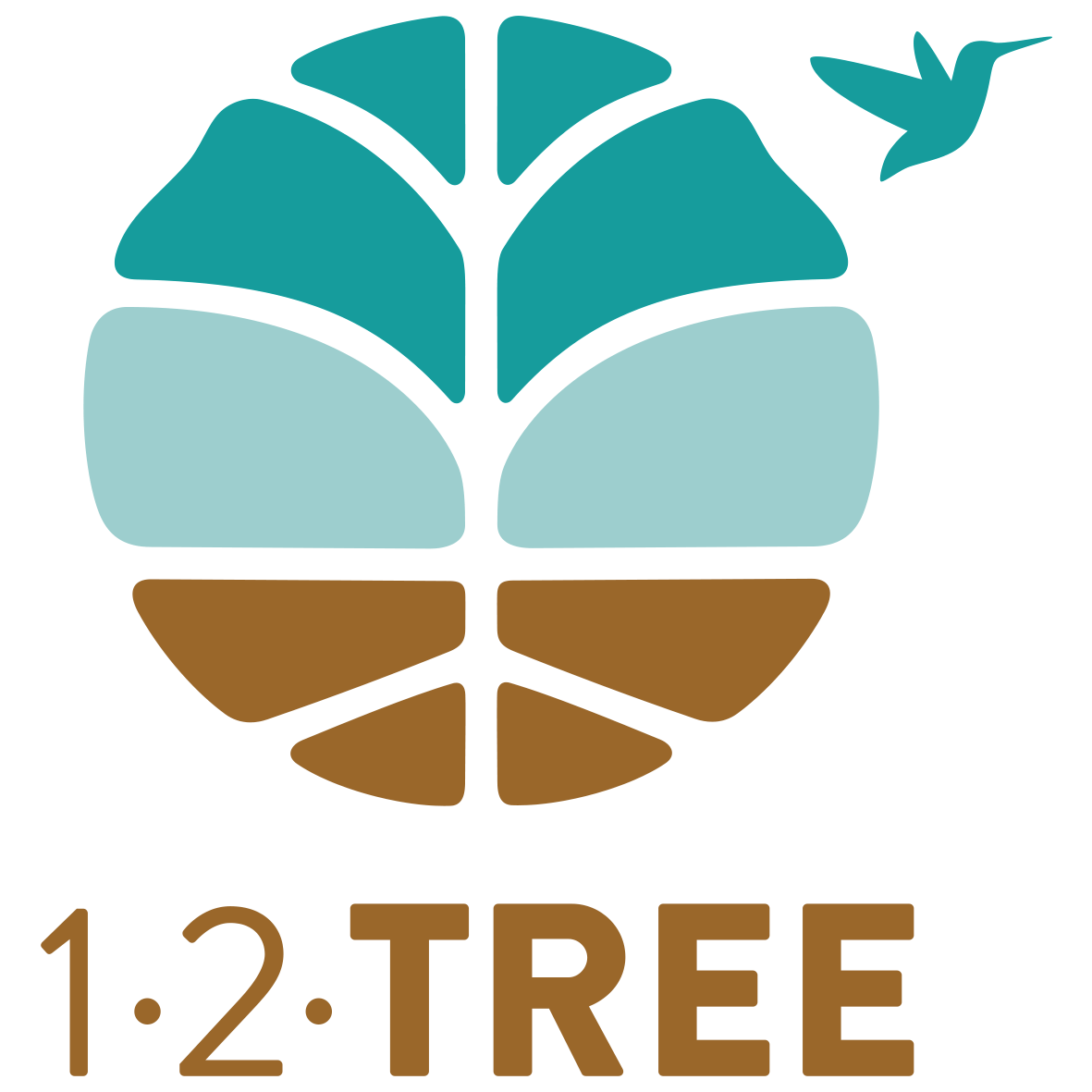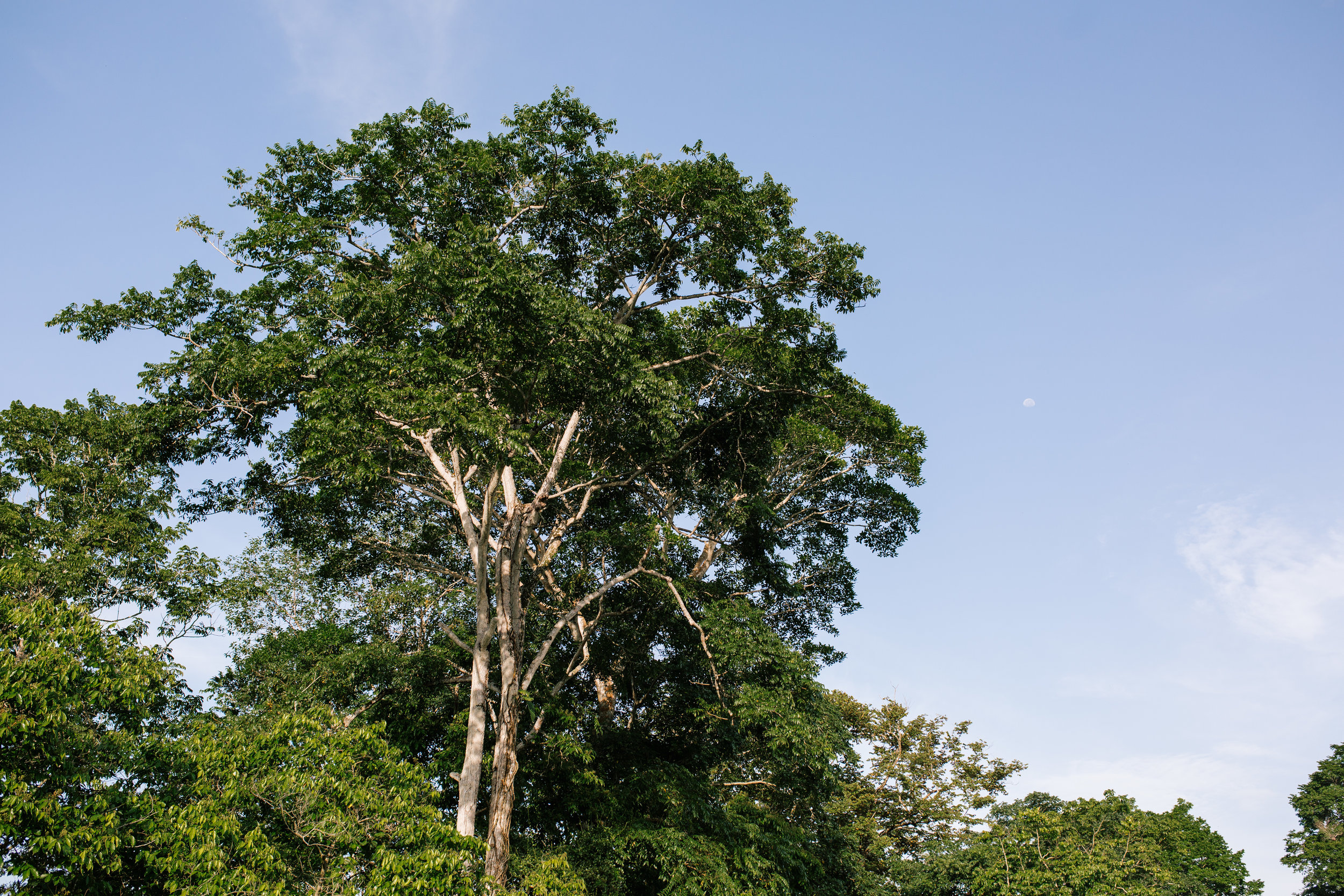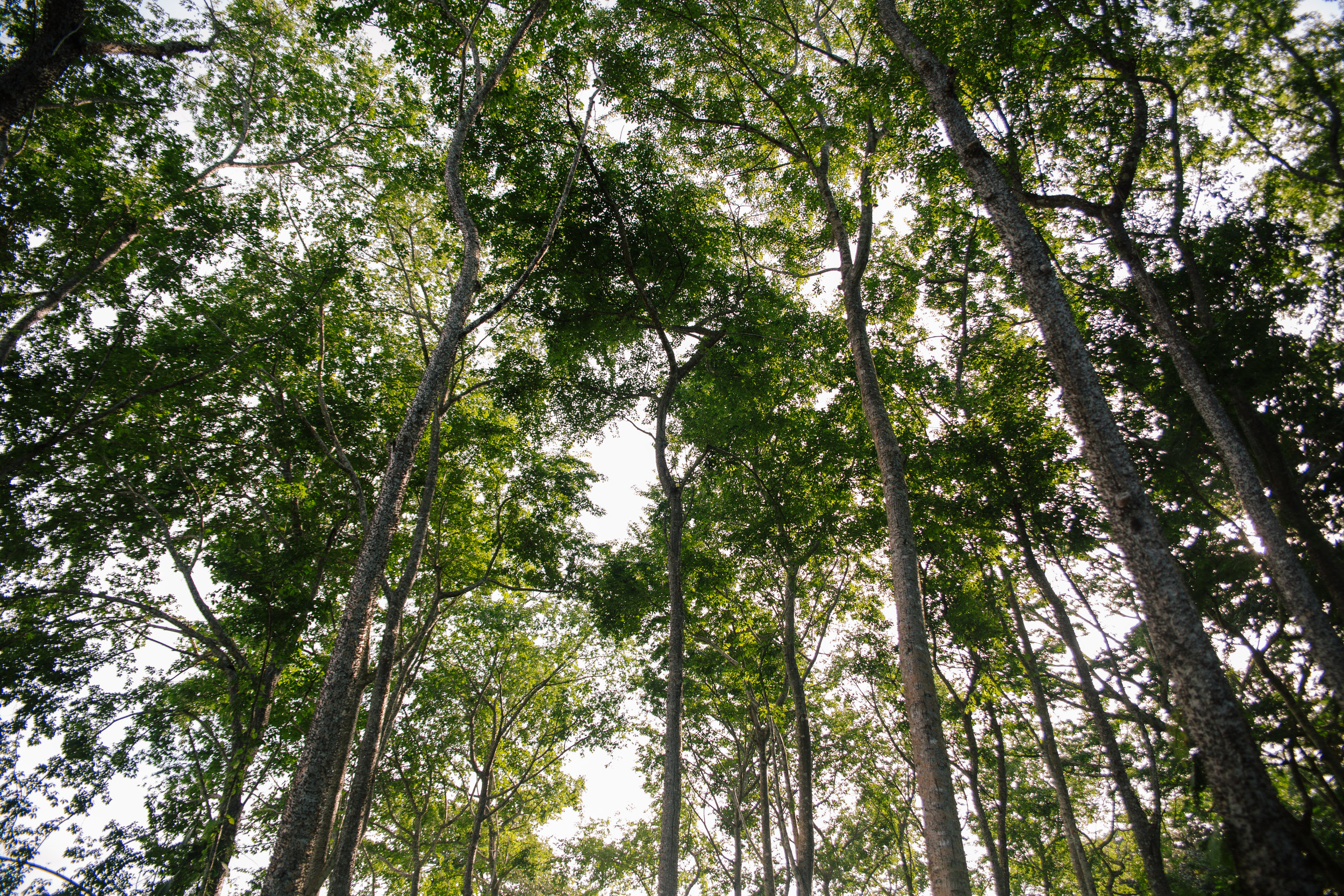The ultimate goal on the farm is to [for ex.: become entirely self-sufficient, producing all of the feed, water, energy and fertiliser that we need to sustain our stock]. Many aspects of this rely on drawing upon old knowledge of agro-ecological farming systems, while others involve embracing new technology such as drip irrigation, soil monitoring and tractors.
agroforestry
Intercropping nitrogen fixing trees, plantains, beans, and cocoa trees in the farm helps to produce organic matter through leaf litter decomposition which ultimately improves microbial activity and overall soil fertility. In addition, the farm has developed protocols to use composted cocoa pods as secondary inputs which will enable us to reduce dependency on chemical fertilizers. Over the next decade, we hope to reduce chemical fertilizer use by over 50%.
Our 800-Ha agroforestry system consists of 4 different shrub and tree species that are inter-cropped: cocoa, plantain, pigeon pea, legume and timber trees. Pigeon peas and plantain are fast-growing species, providing an early and temporal shade to the cocoa seedlings, while also providing early cash-flows. Additionally, the pigeon pea is a leguminous shrub which fixes nitrogen and is a source of food for birds. We also plant Gliricidia sepium and Dipteryx panamensis trees, which grow at slower rates and provide shade to the mature cocoa trees; these timber trees also fix nitrogen and provide lots of organic matter which allows worm populations to thrive. In this way, we always have soil cover and loosen compacted substrate.
conservation
Cuango farm has over 600 ha of tropical natural forest set aside for conservation. We look to support and enhance habitats around the farm, making space for as many species as possible in and alongside the agricultural land. It is common to walk across the farm and hear holler moneys calling in the distance. Closer to the protected areas it is easy to catch sight of a Short-billed Pigeon, Spotted Antibird, Plain Xenops as well as other songbirds.
In October 2018, we conducted a biodiversity assessment where 10 camera traps were installed to detect mammal species within Cuango’s primary forest. The traps covered an approximate area of 600 hectares. A variety of IUCN and CITES listed species are present in the protected natural forests: Ocelots, Margays, Pumas, Peccaries, Agoutis, Coatis, Tayras, Ant eaters, and many different birds and bats species, were identified over a period of 35 days. This assessment will allow us to monitor wildlife on the farm.
We would like to link these activities to a larger research project in order to evaluate the impact of transforming extensive cattle farms into agroforestry systems. Cuango serves as model for studying how forest connectivity using cocoa agroforest corridors and mixed plantations of native timber species can increase biodiversity. We are seeking strategic partnerships with research institutes and universities interested in conducting long-term research.
In 2019, we won the World Resources Institute prize [insert name] for regenerative farming and wildlife conservation. The implementation and integrated management of these wildlife spaces was cited as an important reason for the farm’s success.





